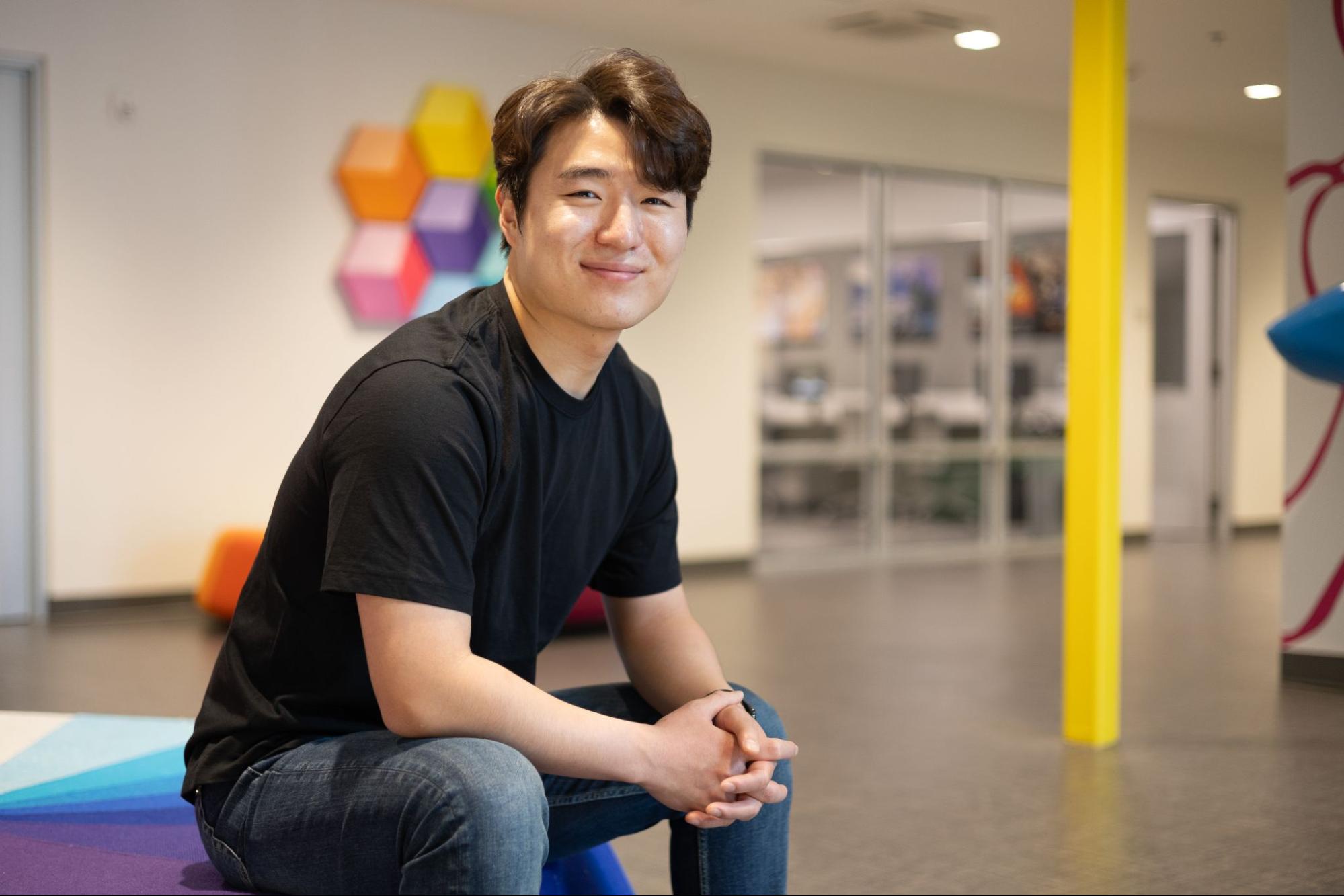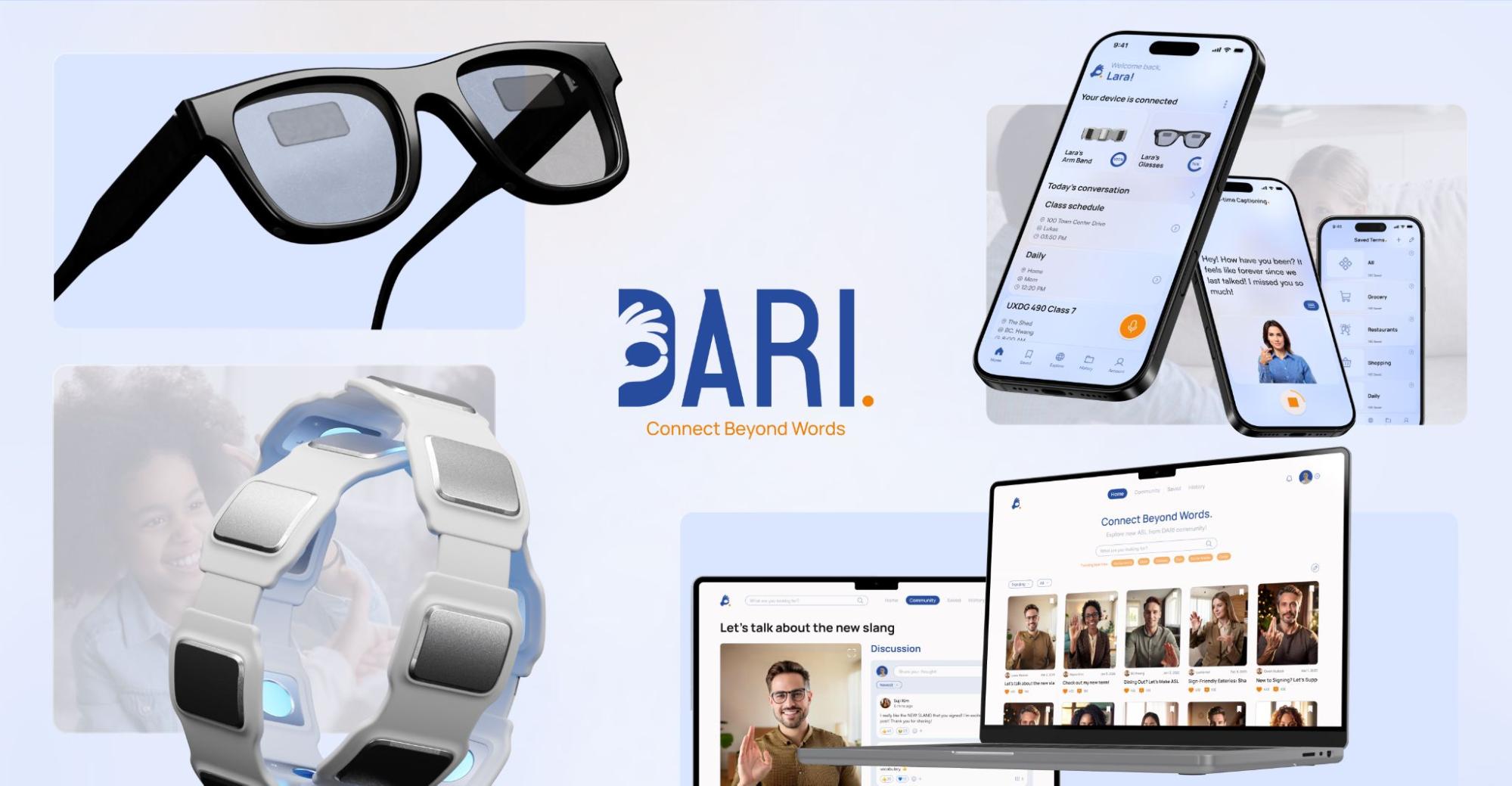2025-08-16
Michael Reyes
Design Dispatch, New York

From bridging communication barriers for the Deaf community to collaborating with BMW Group through SCADpro, Sejoon Kim’s career blends empathy, innovation, and global recognition. Having lived in three countries and studied UX Design at the Savannah College of Art and Design (SCAD), Kim brings an internationally informed perspective to every project. His portfolio spans assistive technology, brand communication, and conceptual design, with accolades from Red Dot, Indigo, IDA, and European Product Design Awards. In this interview, Kim reflects on his journey, philosophy, and what it means to design for impact.
Q: You’ve lived in three different countries for over five years. How has that shaped your approach to design?
Kim: Living in diverse cultural environments has been transformative. You quickly realize that what feels intuitive in one culture might be confusing in another. That awareness pushes me to strip designs down to their essential purpose so they’re universally understandable. For me, adaptability isn’t just a skill. It’s a mindset that helps me connect with users across contexts.
Q: What drew you to study UX Design at SCAD?
Kim: I’ve always been fascinated by how design influences behavior. UX was the perfect discipline because it blends technology, design thinking, and human psychology. At SCAD, I learned to move from research and ideation to high-fidelity prototypes, and I also gained experience leading collaborative, multidisciplinary projects. That foundation has been key in my academic and professional achievements.

Q: Your career is already decorated with major awards. Which ones stand out most to you?
Kim: Each award represents a milestone. In 2024, TopTee and URSA won the Red Dot Design Award for Brand and Communication, validating my ability to create strong brand narratives. In 2025, NASA+ received the Red Dot Concept Award, a recognition of its forward-looking innovation. The Dari project winning Red Dot in 2025 for Brand and Communication was especially meaningful because it tackles accessibility, a core passion of mine. I’ve also been honored with Indigo, IDA, and European Product Design Awards for Structr and URSA in 2024-2025. These awards tell me my work resonates on both a creative and functional level.
.png?alt=media&token=cc79f712-902b-4f7d-a65c-773ad1ab50bb)
Q: Dari has received particular attention. Can you walk us through it?
Kim: Dari is an assistive ecosystem designed to bridge the communication gap between Deaf and hearing individuals. It consists of smart glasses that display real-time captions and an armband with EMG sensors that interpret American Sign Language. I served as team lead, overseeing research, prototyping, and user testing. We worked closely with Deaf participants to ensure every interaction felt natural and empowering. The goal was to create a tool that not only works technically but also respects the nuances of human communication.
Q: You’ve collaborated with BMW Group. How was that experience different from your other projects?
Kim: The BMW Group collaboration through SCADpro was an immersive dive into automotive UX. It required thinking about design at multiple scales, from in-car micro-interactions to the emotional experience of driving. It also taught me to work within the constraints of a global brand while pushing innovation forward. That balance between creative vision and feasibility is something I carry into all my work.
.png?alt=media&token=9232e4d3-ff30-460d-be23-f68c562b05ba)
Q: How would you summarize your design philosophy?
Kim: My philosophy is to focus on the core purpose that serves the user’s needs. Trends come and go, but if the design doesn’t solve a real problem, it’s not sustainable. I start every project by asking: “What is the essential outcome the user needs?” From there, I build solutions that are as intuitive and meaningful as possible.
Q: What’s the best advice you’d give to emerging designers?
Kim: Be open to experiences and learn from every moment. The more perspectives you gather, whether from travel, collaboration, or failure. The more informed and versatile your design thinking becomes. Don’t be afraid to take on projects that scare you; those are the ones that push you forward.
Q: Your work has been featured in media, including LinkedIn’s “Sejoon Kim: Bridging Disciplines to Innovate.” How important is public recognition in your field?
Kim: Recognition is important, especially for building credibility and opening doors to new opportunities. But what matters more to me is the impact. Seeing a project like Dari help someone communicate more effectively is more fulfilling than any award. That said, media coverage helps amplify these stories, inspiring others to think differently about design.
Q: Looking ahead, where do you see your career going?
Kim: I want to keep working at the intersection of design, technology, and social change. My aim is to develop products and systems that enhance quality of life while setting new standards for accessibility and inclusivity. I see my role not just as a designer but as a bridge, connecting disciplines, people, and ideas to create solutions that truly matter.